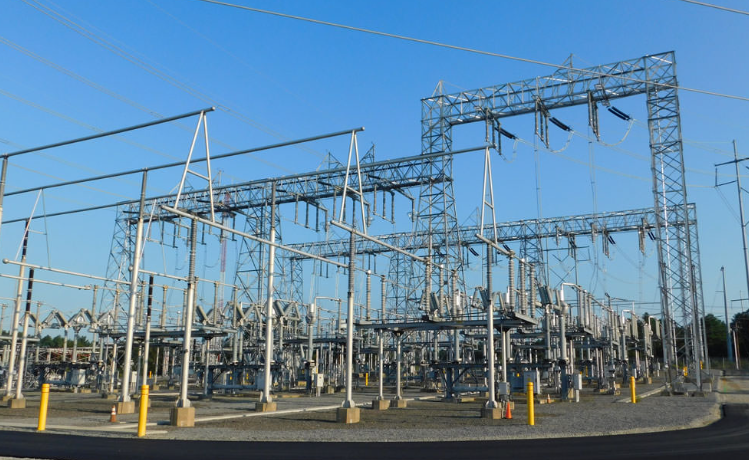Electrical substations are critical components of the power grid, ensuring the reliable distribution of electricity from power plants to consumers. However, due to the high voltage and current levels they manage, substations are also prone to various faults and failures that can disrupt power supply, cause equipment damage, and pose safety hazards. One effective preventive maintenance practice is the annual infrared inspection of these substations. This method offers several significant benefits, ensuring operational efficiency and safety.
Early Detection of Faults
Infrared inspections utilize thermal imaging to detect temperature anomalies in electrical equipment. Elevated temperatures often indicate potential problems such as loose connections, overloads, or equipment degradation. By identifying these issues early, maintenance teams can address them before they escalate into major failures. This proactive approach minimizes unplanned outages and extends the lifespan of substation components.
Prevention of Catastrophic Failures
Undetected electrical faults can lead to catastrophic failures, resulting in extensive damage and prolonged power outages. Infrared inspections help in spotting overheating components that, if left unchecked, could cause fires or explosions. For instance, transformers, circuit breakers, and bus bars are critical components where thermal anomalies can indicate serious underlying issues. Regular infrared inspections ensure these components operate within safe temperature ranges, preventing catastrophic events.
Cost Savings
Typically, the investment in infrared inspections is insignificant verses the long-term cost savings being quite substantial. Preventive maintenance through infrared inspections reduces the frequency and severity of equipment failures, leading to lower repair costs and reduced downtime. Additionally, it helps in optimizing maintenance schedules, ensuring that resources are allocated effectively, and only necessary repairs are performed.
Enhanced Safety
Electrical substations operate under high voltage conditions, posing significant safety risks to maintenance personnel. Infrared inspections allow for non-contact assessment of electrical equipment, meaning that inspections can be conducted without the need to shut down the substation or expose workers to live electrical components. This method enhances the safety of maintenance operations by reducing the risk of electrical shocks and accidents.
Compliance with Industry Standards
Many regulatory bodies and industry standards mandate regular inspections of electrical infrastructure to ensure safety and reliability. Infrared inspections are a recognized method for meeting these requirements. Conducting annual inspections helps utilities and companies comply with regulations, avoid penalties, and maintain their licenses to operate.
Improved Reliability and Customer Satisfaction
Reliable power supply is crucial for customer satisfaction and the economic stability of regions. Infrared inspections contribute to the overall reliability of the power grid by ensuring that substations are operating efficiently and without hidden faults. This reliability translates into fewer power outages and interruptions, enhancing customer satisfaction and trust in the utility provider.
Data Collection and Analysis
Infrared inspections generate valuable data on the thermal performance of substation equipment. Over time, this data can be analyzed to identify trends and patterns, helping in predictive maintenance strategies. For example, if a particular component consistently shows higher temperatures, it might be nearing the end of its operational life and could be replaced before failure occurs. This data-driven approach enhances the effectiveness of maintenance programs.
Conclusion
Annual infrared inspections of electrical substations are a vital component of a robust maintenance strategy. They provide early detection of faults, prevent catastrophic failures, reduce costs, enhance safety, ensure compliance with regulations, improve reliability, and generate valuable data for predictive maintenance. By investing in regular infrared inspections, utility companies can ensure the efficient and safe operation of their substations, ultimately benefiting both their operations and their customers.

